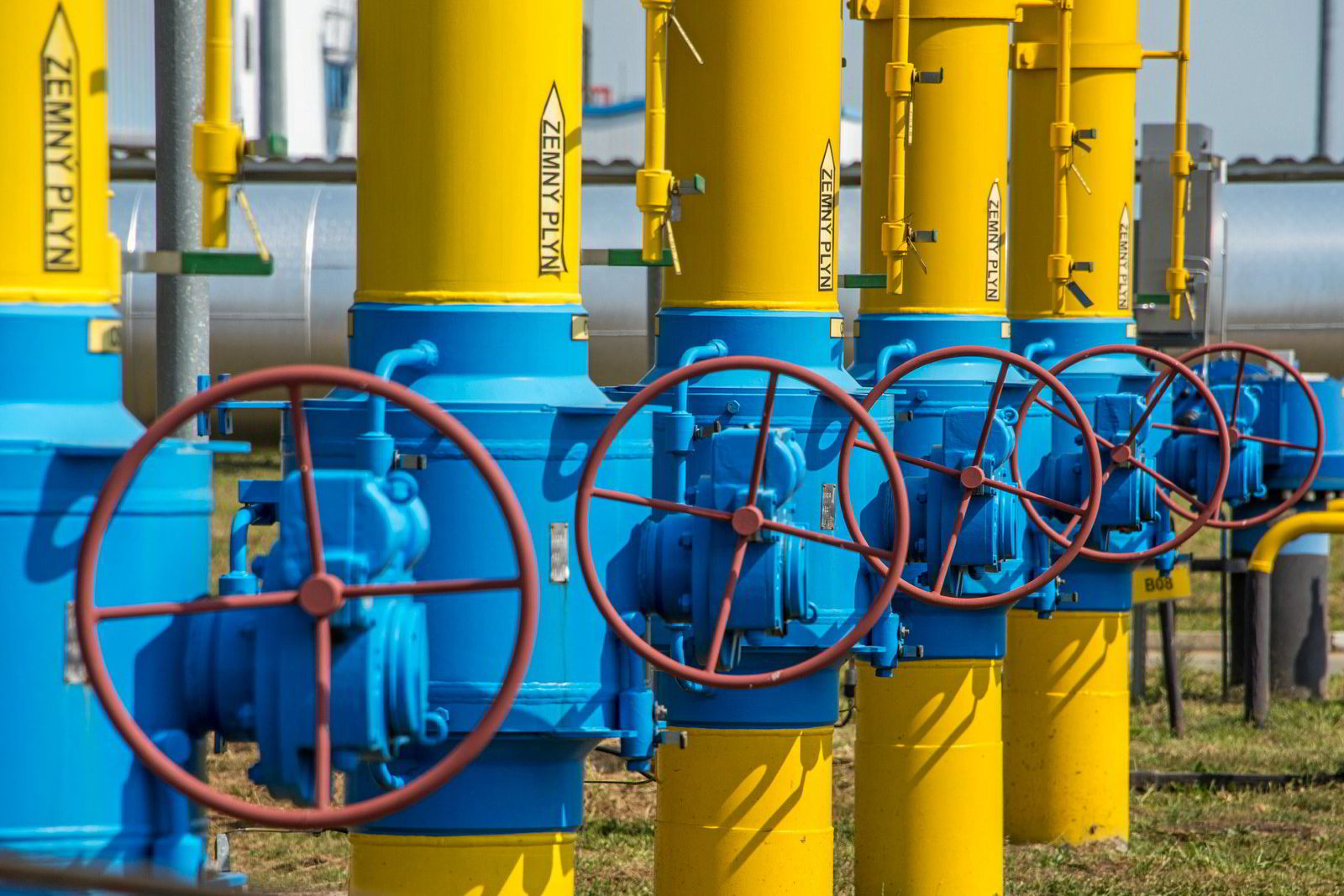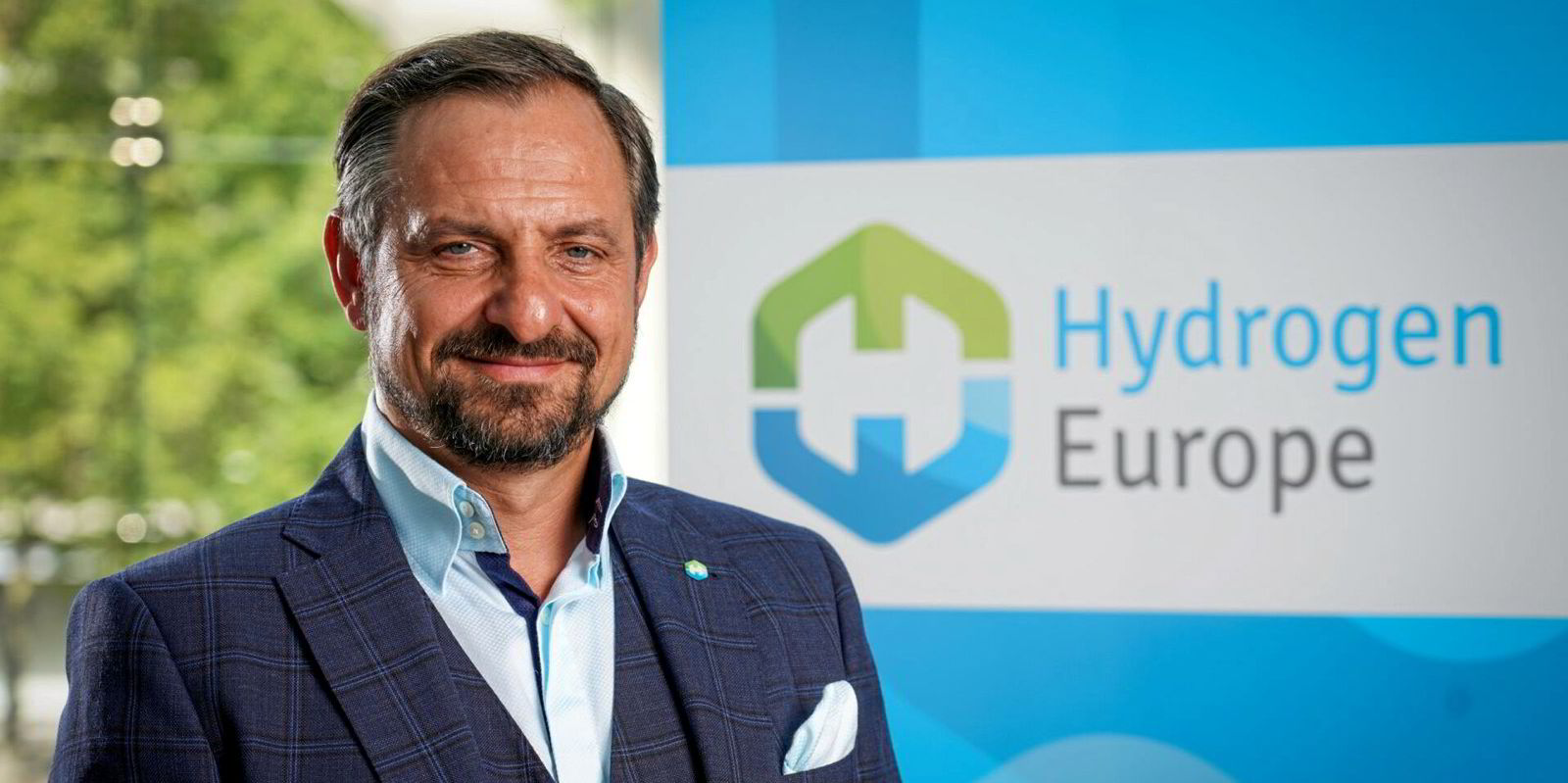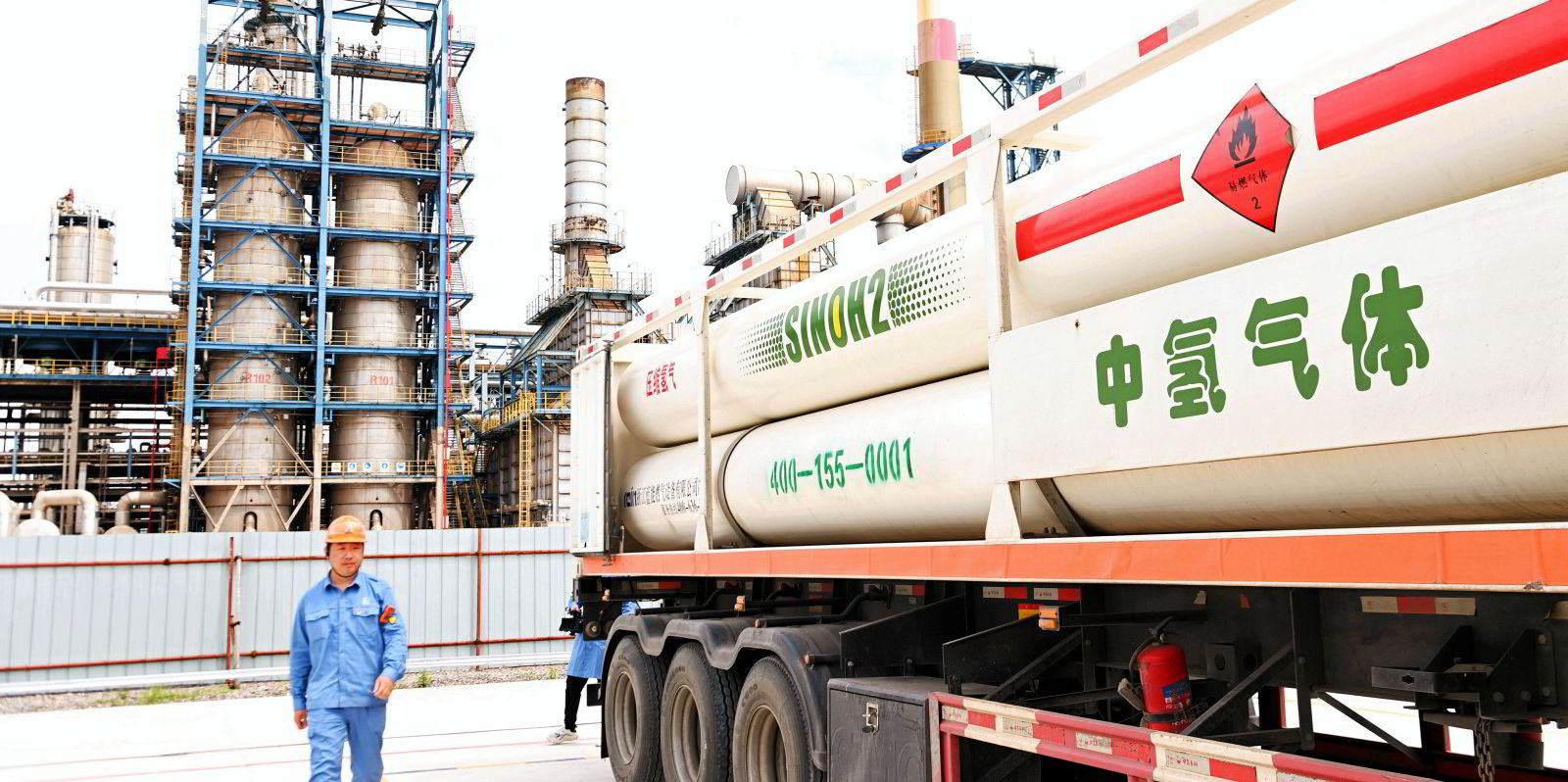Hydrogen blending with natural gas will have only a “limited and temporary” role as a result of a dwindling UK gas network that will reduce in size as the country decarbonises, officials from the British government have said, in a statement that appears to walk back the country’s previous enthusiasm for H2 molecules in UK pipes.
Released as part of a consultation on hydrogen business models by the UK’s Department of Business, Enterprise and Industrial Strategy (BEIS) last week, the statement is supportive of hydrogen blending on the condition that it “demonstrates economic and strategic value” — and warned that even that would be short-lived.

“Blending can only be a transitional option,” BEIS said in the consultation. “It relies on an extensive natural gas network being available to blend into, which will reduce as we progress to net zero. For this reason it may only have a limited and temporary role in gas decarbonisation as we move away from the use of natural gas.”
The UK’s Ten Point Plan for a Green Industrial Revolution, launched in 2020, lauded the UK’s “world-beating” H2 heating and blending work and promised that by 2023 it would have supported the natural gas industry to complete testing necessary to allow up to 20% blending of hydrogen for all homes connected to the gas grid.
Several UK gas distributors are undertaking hydrogen heating, blending and distribution pilots, with Northern Gas Networks completing the first phase of its HyDeploy blending project at Keele University just over a year ago. A larger trial was completed in Winlaton, northwest England in June, in which houses and business were supplied with a 20% hydrogen blend.
BEIS is due to make a decision on whether to sanction hydrogen blending by 2023, with commercial blending unlikely to occur before 2025.
Increased costs
Advocates of hydrogen blending note that it creates market demand for hydrogen that can underpin investment in production, while cutting carbon emissions and requiring minimal upgrades to pipes and domestic boilers.
But study after study has found that hydrogen blending with natural gas is expensive, wasteful, dangerous and, when used for heating, potentially a health hazard.
In fact, research conducted by the Fraunhofer Institute earlier this year found that blends of 20% hydrogen in the gas network would increase end-user costs by up to 43% and cut greenhouse gas emissions by just 7%.
The BEIS document acknowledges that hydrogen is likely to be of most value to industrial customers who will find it hardest to decarbonise, but notes that hydrogen blending might play a useful short-term role as a reserve offtaker for excess hydrogen supply — i.e. quantities not required by hydrogen’s regular industrial customers.
“Blending could absorb excess volumes of hydrogen for which there are no alternative routes to market,” BEIS continued, noting that these opportunities could occur as part of natural demand cycles among hydrogen customers, or in the event of demand volatility due to commercial pressures or technical issues.
The option to feed H2 into the natural gas grid could also provide short-term support for hydrogen producers who are not yet well established enough export H2 outside of their local area, the consultation document added, noting that green hydrogen producers dependent on variable renewable supply may also struggle to find alternative offtakers.



